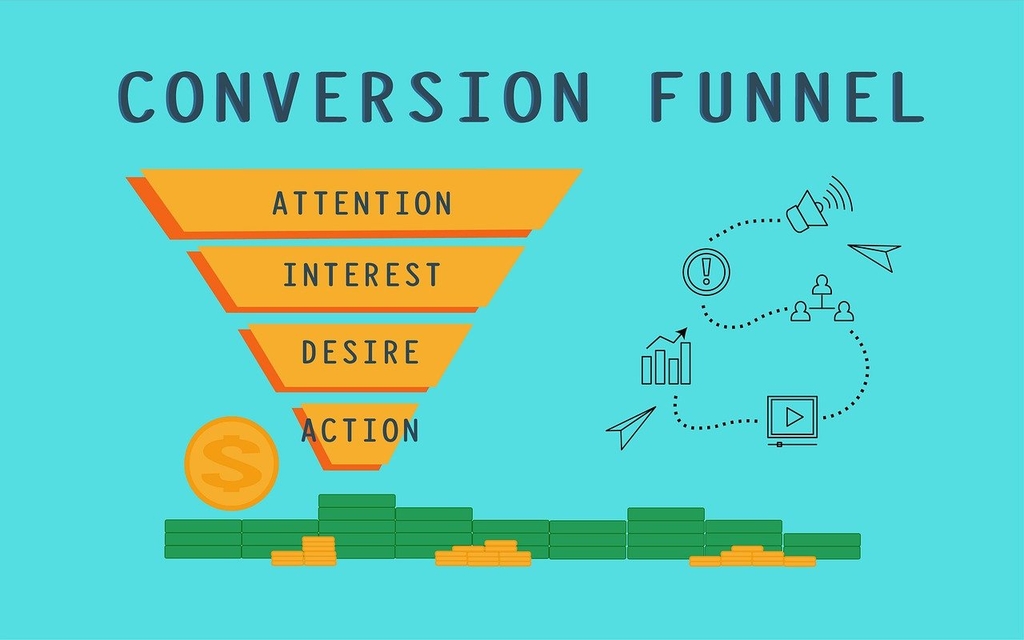Understanding Attribution Models Beyond Last-Click
The digital world is constantly evolving and attributing conversions and revenue to the right touch points has become essential to your success. Yes, last-click attribution was the ruler for performance marketing. Yet it underestimates the complexity of today's customer journey.
It's essential to remember, your customer journey isn't as simple as it once was. Today, consumers interact with your brand across numerous channels, from search to social media and video platforms, to email and display ads. This is why you need to use advanced attribution models that reflect the impact of each touch point.
The issue with last-click attribution is that it only attributes credit to conversions, the final interaction, ignoring the upper funnel activities, such as awareness or remarketing. Both play a vital role in guiding your user to a purchasing decision.

A study carried out a couple of years ago found that over seventy percent of customers make multiple touch points before converting. It ranges from seeing an online advert to reading customer reviews. As you can see relying on last-click attribution is only a small piece of the pie.
There are numerous attribution models you can be using, beyond last-click attribution, to determine the success of your strategy:
Linear attribution distributes credit equally across all touch points that lead to a conversion. It is simple to use and understand, ideal in journeys where each touch point plays an equal role.
At the same time, linear attribution lacks nuance when weighing different steps in the funnel, as real-world interactions are seldom equal. You should use linear attribution when you are testing new channels that you feel are more influential than last-click reporting.
Time decay attribution credits touch points closer to conversion in time. It includes a half-life concept, meaning if the conversion happens on the tenth day, then the interactions on the ninth day receive more credit than interactions on the first day, for example.
While it acknowledges the influence of earlier touch points, it emphasises the impact of the final stages of the funnel. It is ideally used for short buying cycles, but is not effective for longer buying cycles that use multiple mid-funnel engagements. It allocates less credit to top funnel interactions which may be important.
We recommend using time decay attribution when purchasing decisions are influenced by recent interactions, such as time sensitive offers.
Position-based attribution assigns forty percent of the credit to the first click and forty percent to the last-click. The remaining twenty percent is spread across intermediate clicks recognising the role of introducing your audience to the brand and closing the deal. The default of 40-4-20 may not align with your brands unique funnel and it may not capture the complexity of multi-channel interactions.
This attribution model is ideal for brands that want to balance the awareness stage with conversion-focused marketing, providing a starting point for teams.
Multi-touch attribution includes methods that give proportional credit to multiple interactions throughout the customers journey. Algorithmic AI-driven multi-touch models use machine learning to analyse large data sets, automatically determining their contribution to each channel.
This adjusts to changes in season, buyer behaviour, and marketing tactics, incorporating numerous variables, including ad placement, user demographics, creative type, and the time of the day. This model requires a large amount of data to provide reliable insights.
This model is perfect when running high-volume campaigns across multiple channels, or if you want to personalise your customers journeys, optimising different segments and locations.
Looking beyond last-click attribution, you will have a better gauge on how each channel contributes to a conversion. When you select and implement different attribution models with care, you can gain action insights to refine your strategies. For help choosing the and implementing the right attribution model for your success, contact Genie Crawl today.
Complete the form and a member of our team will be in touch shortly to discuss your enquiry.